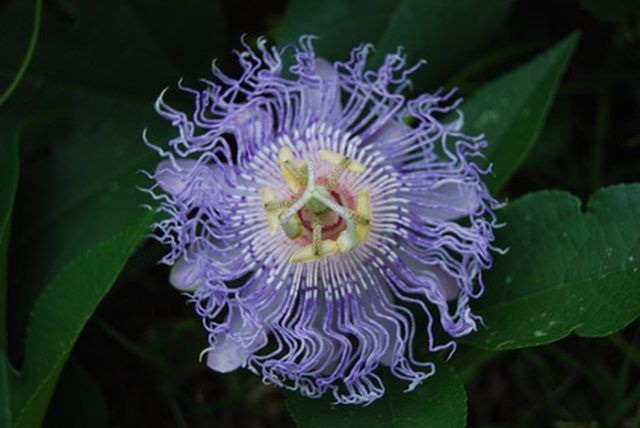Bulbs
Flower Basics
Flower Beds & Specialty Gardens
Flower Garden
Garden Furniture
Garden Gnomes
Garden Seeds
Garden Sheds
Garden Statues
Garden Tools & Supplies
Gardening Basics
Green & Organic
Groundcovers & Vines
Growing Annuals
Growing Basil
Growing Beans
Growing Berries
Growing Blueberries
Growing Cactus
Growing Corn
Growing Cotton
Growing Edibles
Growing Flowers
Growing Garlic
Growing Grapes
Growing Grass
Growing Herbs
Growing Jasmine
Growing Mint
Growing Mushrooms
Orchids
Growing Peanuts
Growing Perennials
Growing Plants
Growing Rosemary
Growing Roses
Growing Strawberries
Growing Sunflowers
Growing Thyme
Growing Tomatoes
Growing Tulips
Growing Vegetables
Herb Basics
Herb Garden
Indoor Growing
Landscaping Basics
Landscaping Patios
Landscaping Plants
Landscaping Shrubs
Landscaping Trees
Landscaping Walks & Pathways
Lawn Basics
Lawn Maintenance
Lawn Mowers
Lawn Ornaments
Lawn Planting
Lawn Tools
Outdoor Growing
Overall Landscape Planning
Pests, Weeds & Problems
Plant Basics
Rock Garden
Rose Garden
Shrubs
Soil
Specialty Gardens
Trees
Vegetable Garden
Yard Maintenance
How to Identify Tennessee Wild Plants & Flowers
How to Identify Tennessee Wild Plants & Flowers. Tennessee has a variety of wild flowering plants. There are those that can be recognized by the shape and texture of their leaves while others are known for their flowers. Wildflowers and plants of Tennessee can be seen along roadsides, mountainsides, hills, prairies and sometimes on lawns. They may...

Tennessee has a variety of wild flowering plants. There are those that can be recognized by the shape and texture of their leaves while others are known for their flowers. Wildflowers and plants of Tennessee can be seen along roadsides, mountainsides, hills, prairies and sometimes on lawns. They may be wild, but they add beauty to the state.
Analyze the texture of leaves of Tennessee wildflowers and plants. Hairy Angelica has smooth-textured green leaves while celadine poppies have little fuzzy hairs on the leaves and stems. Leaves on the celadine poppy grow up to 2 1/2 inches long. White iris has smooth green leaves and New Jersey tea has dark green leathery leaves. Black-eyed Susan wild plant has basal leaves with coarse hairs.
Look at the shape of the leaves on Tennessee wildflowers and plants. Fringed phacelia has bell-shaped green leaves that grow up to two inches long. Creeping phlox has needle-shaped green leaves, while fire pink leaves are round. Lobed leaves are found on wild columbine plants in Tennessee. White aster has long, narrow, deep green leaves, while New Jersey tea plants have egg-shaped leaves with three prominent veins in each leaf.
Search for flowers with five and six petals. There are many Tennessee wild plants and flowers that have five to six petals on their flowers, such as the dwarf crested iris, creeping phlox and blue-eyed grass. Dwarf crested iris has six petals and the wildflower is purple or white, growing up to six inches tall. Creeping phlox has purple flowers with five petals, while blue-eyed grass contains blueish purple, white or yellow flowers with six petals.
Examine Tennessee wild plants and flowers for fruit. For example, granadilla passion flower has fruits that are small, purple, round and berry-like. These are also edible. Dwarf ginseng has small, clustering, light green fruits that are used to help lower blood sugar.